How to Build an Inexpensive Electric Bicycle
An electric bike is a lot easier to build than you might think! All you need is a bike in good working order, a conversion kit, and a battery. Using a conversion kit makes the process super simple and fast. And if you shop online to find...
Part 1 of 3:
Gathering Your Materials
-
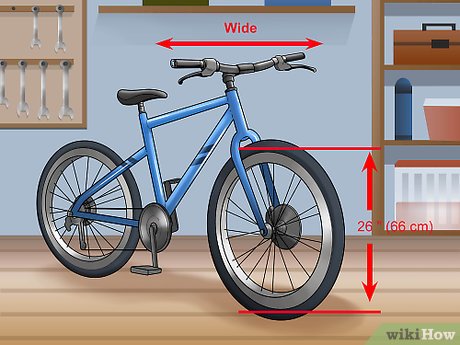 How to Build an Inexpensive Electric Bicycle Picture 1 Select a mountain bike front disc brakes and wide handlebars. If you don't own a bike already, search online or in your local area to find a second-hand bike at a good price. Luckily, you can use just about any bike you have on hand, though certain features will yield the best results:[1]
How to Build an Inexpensive Electric Bicycle Picture 1 Select a mountain bike front disc brakes and wide handlebars. If you don't own a bike already, search online or in your local area to find a second-hand bike at a good price. Luckily, you can use just about any bike you have on hand, though certain features will yield the best results:[1]- Choose a bike with wheels that are 26", 20", or 16" as these are the most common off-the-shelf wheel sizes.[2] The smaller the wheels are usually found on folding bikes and will accelerate more quickly, be bumpier, and be less efficient at cruising speed.
- Mountain bikes are most commonly converted to electric bikes, though you could use a different type as long as it has a strong frame and standard bottom bracket. Don't use a bike with a carbon fiber frame or forks, as these aren't strong enough to support the extra weight or handle the extra torque.[3]
- Wider handle bars are best as they give you plenty of room for all your accessories and lights.
- Front disc brakes will make it easier for you to stop on steep hills.
-
 How to Build an Inexpensive Electric Bicycle Picture 2 Pick up an electric bicycle conversion kit. If you've never built an electric bicycle before, a conversion kit will make the process much simpler. These bolt-on kits contain a throttle, speed controller, and a wheel with a hub motor. Some also come with gauges, displays, and brake levers, though these are not strictly necessary.[4]
How to Build an Inexpensive Electric Bicycle Picture 2 Pick up an electric bicycle conversion kit. If you've never built an electric bicycle before, a conversion kit will make the process much simpler. These bolt-on kits contain a throttle, speed controller, and a wheel with a hub motor. Some also come with gauges, displays, and brake levers, though these are not strictly necessary.[4]- Ensure the kit comes with a wheel that is the same size as the existing wheels on your bike! It's much easier to replace the front wheel than the back, due to the position of the gears, so opt for a kit in which the hub motor is on the front wheel.
- In most cases, the battery doesn't come with the conversion kit. For ease of installation, though, it's best to purchase the battery and the conversion kit from the same manufacturer.
-
 How to Build an Inexpensive Electric Bicycle Picture 3 Choose a 36- or 48-volt battery with a capacity of 10Ah or 20Ah. Choose a battery designed for use on an electric bicycle, as it will come with a charger and be much easier to install. Make sure the voltage and capacity of the battery you choose is compatible with the conversion kit you purchased. The higher the voltage of your bike's battery, the more powerful your bike will be. When building an electric bike, choose a 36- or 48-volt battery to allow for speed and comfort.[5]
How to Build an Inexpensive Electric Bicycle Picture 3 Choose a 36- or 48-volt battery with a capacity of 10Ah or 20Ah. Choose a battery designed for use on an electric bicycle, as it will come with a charger and be much easier to install. Make sure the voltage and capacity of the battery you choose is compatible with the conversion kit you purchased. The higher the voltage of your bike's battery, the more powerful your bike will be. When building an electric bike, choose a 36- or 48-volt battery to allow for speed and comfort.[5]- The capacity of the battery defines how long it'll last. If you'll be taking short trips, a 10Ah will suit you well, while a 20Ah battery will provide you with extra capacity for slightly longer journeys.[6]
Part 2 of 3:
Replacing the Wheel
-
 How to Build an Inexpensive Electric Bicycle Picture 4 Remove the wheel you need to replace. Begin by opening the rim or cantilever brake using the lever (if applicable). If the bike has disc brakes, remove the retaining or cotter pin or the clips or springs that hold the pads in place. Pull the pads out with needle-nose pliers and set them aside.[7]
How to Build an Inexpensive Electric Bicycle Picture 4 Remove the wheel you need to replace. Begin by opening the rim or cantilever brake using the lever (if applicable). If the bike has disc brakes, remove the retaining or cotter pin or the clips or springs that hold the pads in place. Pull the pads out with needle-nose pliers and set them aside.[7]- To remove the front wheel, turn the bike over so it's sitting on the seat and handlebars, then flip the quick-release lever over to the 'open' position. Then, simply lift the front wheel off of the bike.[8]
- To remove the back wheel, crouch behind the bike. Hold the frame with your non-dominant hand and use your dominant hand to pull the derailer backward. Then lift the bike frame up and off of the rear wheel with your non-dominant hand and unhook the chain with your dominant hand.[9]
-
 How to Build an Inexpensive Electric Bicycle Picture 5 Transfer the tire and inner tube from the old wheel to the new wheel. Let the air out of the old tire and use a tire lever to separate the tire from the wheel. Pull off both the tire and the inner tube. Reverse the process to install the tire and inner tube on the wheel that came with the conversion kit.[10]
How to Build an Inexpensive Electric Bicycle Picture 5 Transfer the tire and inner tube from the old wheel to the new wheel. Let the air out of the old tire and use a tire lever to separate the tire from the wheel. Pull off both the tire and the inner tube. Reverse the process to install the tire and inner tube on the wheel that came with the conversion kit.[10] -
 How to Build an Inexpensive Electric Bicycle Picture 6 Put the wheel with the electric hub on your bike and connect the brake components. Simply reverse the process you used to remove the wheel in order to reinstall it. Be sure to adjust the chain so it fits properly if you're replacing the back wheel. If the bike has rim or cantilever brakes, simply close them over the new wheel using the lever. If the bike has disc brakes, put the pads back in place and secure them using the clips, springs, or cotter or retaining pin.[11]
How to Build an Inexpensive Electric Bicycle Picture 6 Put the wheel with the electric hub on your bike and connect the brake components. Simply reverse the process you used to remove the wheel in order to reinstall it. Be sure to adjust the chain so it fits properly if you're replacing the back wheel. If the bike has rim or cantilever brakes, simply close them over the new wheel using the lever. If the bike has disc brakes, put the pads back in place and secure them using the clips, springs, or cotter or retaining pin.[11]- Adjust the brakes as needed, either by aligning the calipers (for mechanical brakes) or pumping the brake lever (for hydraulic brakes).
Part 3 of 3:
Adding the Other Electric Parts
-
 How to Build an Inexpensive Electric Bicycle Picture 7 Attach the speed controller and the throttle. Follow the directions in the conversion kit for installing these 2 parts using the included hardware. Use the provided bolts to secure the speed controller to the frame of the bike above the chain. Then, attach the throttle to the handlebars so it's easy to reach.[12]
How to Build an Inexpensive Electric Bicycle Picture 7 Attach the speed controller and the throttle. Follow the directions in the conversion kit for installing these 2 parts using the included hardware. Use the provided bolts to secure the speed controller to the frame of the bike above the chain. Then, attach the throttle to the handlebars so it's easy to reach.[12]- If you have any other accessories, attach them as well. Secure the speed sensor to the back wheel and connect any displays and gauges to the handlebars with the included hardware.[13]
-
 How to Build an Inexpensive Electric Bicycle Picture 8 Connect the battery to the speed controller and the throttle. Follow the instructions included with the kit to connect each part. Typically, you'll only need to plug the connector on the speed controller into the connector on the battery, then repeat the process for the throttle. Be sure not to touch the battery wires together, as this could create a dangerous spark! [14]
How to Build an Inexpensive Electric Bicycle Picture 8 Connect the battery to the speed controller and the throttle. Follow the instructions included with the kit to connect each part. Typically, you'll only need to plug the connector on the speed controller into the connector on the battery, then repeat the process for the throttle. Be sure not to touch the battery wires together, as this could create a dangerous spark! [14] -
 How to Build an Inexpensive Electric Bicycle Picture 9 Mount the battery onto the bike. Most e-bike batteries are designed to fit on the frame in place of a water bottle holder. This is the ideal placement since it keeps the center of gravity low. Use the included hardware to attach the battery to the frame as indicated by the instructions that came with the battery.[15]
How to Build an Inexpensive Electric Bicycle Picture 9 Mount the battery onto the bike. Most e-bike batteries are designed to fit on the frame in place of a water bottle holder. This is the ideal placement since it keeps the center of gravity low. Use the included hardware to attach the battery to the frame as indicated by the instructions that came with the battery.[15]- Alternatively, you could place the battery in a box or basket on the front or back of the bike, particularly if it is too large to fit well on the frame (such as if it's more than 60 volts).
-
 How to Build an Inexpensive Electric Bicycle Picture 10 Secure any loose cables. Use zip-ties to attach any loose parts to the frame. Keep safety in mind as you don't want any cables to get caught while you're riding.[16]
How to Build an Inexpensive Electric Bicycle Picture 10 Secure any loose cables. Use zip-ties to attach any loose parts to the frame. Keep safety in mind as you don't want any cables to get caught while you're riding.[16] -
 How to Build an Inexpensive Electric Bicycle Picture 11 Ride your electric bike. That's it! You can now cruise around on your e-bike. Just press down gently on the throttle when you're ready to ride. Go for a test drive in a less populated area so you can get used to it before you take it out on the road.
How to Build an Inexpensive Electric Bicycle Picture 11 Ride your electric bike. That's it! You can now cruise around on your e-bike. Just press down gently on the throttle when you're ready to ride. Go for a test drive in a less populated area so you can get used to it before you take it out on the road. -
 How to Build an Inexpensive Electric Bicycle Picture 12 Charge the bike when necessary. The e-bike battery comes with a charger, making the process super simple. Follow the instructions for connecting the battery to the charger and plug it into a compatible outlet whenever you need to.[17]
How to Build an Inexpensive Electric Bicycle Picture 12 Charge the bike when necessary. The e-bike battery comes with a charger, making the process super simple. Follow the instructions for connecting the battery to the charger and plug it into a compatible outlet whenever you need to.[17]
5 ★ | 1 Vote
You should read it
- How to Ride a Fat Bike
- How to Size a Bike
- Kvaern electronic bicycle can run on solar energy
- How to Unwobble a Bicycle Rim
- How to Buy a Bicycle
- How to Install a New Handlebar Grip
- How to Hang a Bike on the Wall
- It's hard to believe: This bike has the same speed as a car, more than 140km / h
- Fix the situation where the computer mouse wheel has a scrolling error
- How to Bike Through Sand
- How to Start Biking
- The terminology of color, wheel color and skill used to color
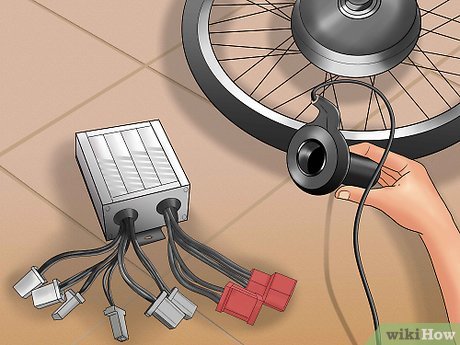
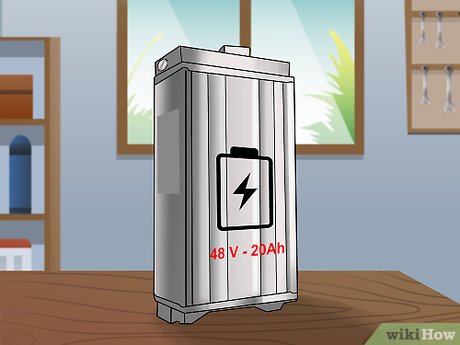
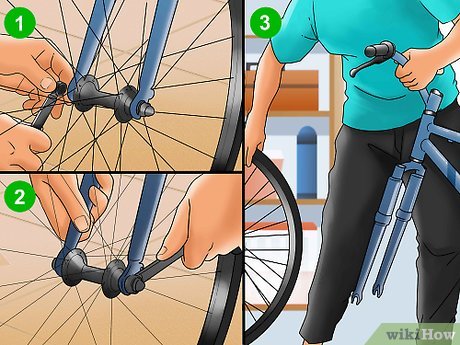
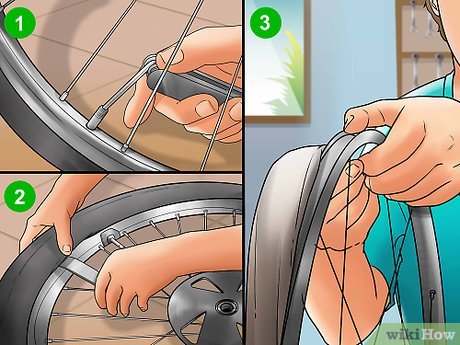
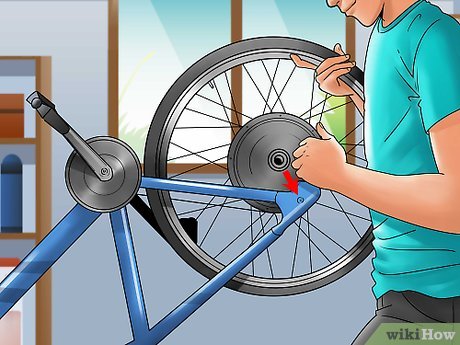
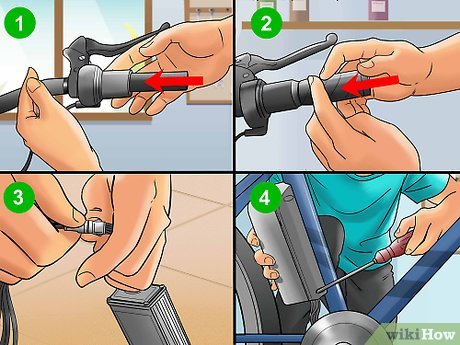
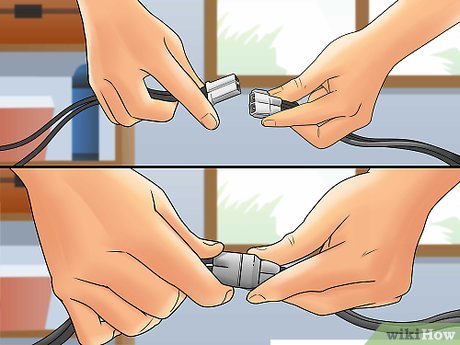
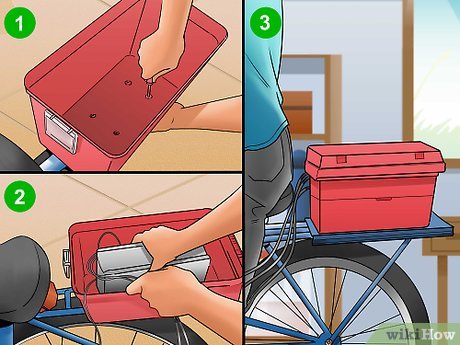
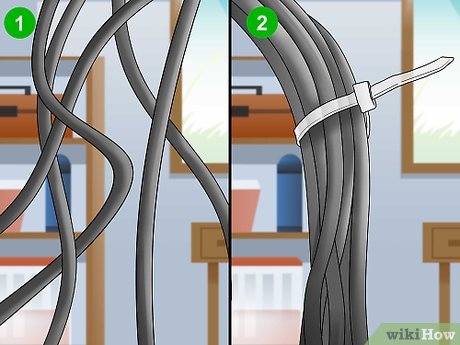

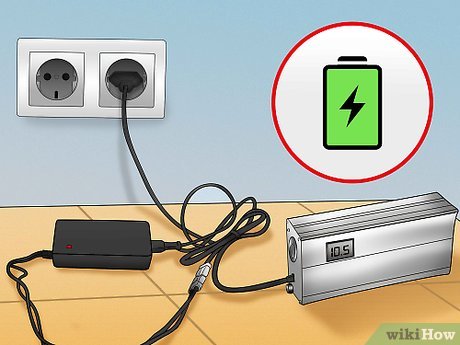






 How to Build a Bicycle Cargo Trailer
How to Build a Bicycle Cargo Trailer Introducing CARBO: The world's lightest electric bike, speed 32km / h, folds in 10 seconds, costs 25 million
Introducing CARBO: The world's lightest electric bike, speed 32km / h, folds in 10 seconds, costs 25 million How to Commute By Bicycle
How to Commute By Bicycle Electric bicycles are so powerful that they can pull cars
Electric bicycles are so powerful that they can pull cars This portable electric chair can reach speeds of 40km / h
This portable electric chair can reach speeds of 40km / h Smart device turns bicycle into electric bike in 30 seconds
Smart device turns bicycle into electric bike in 30 seconds